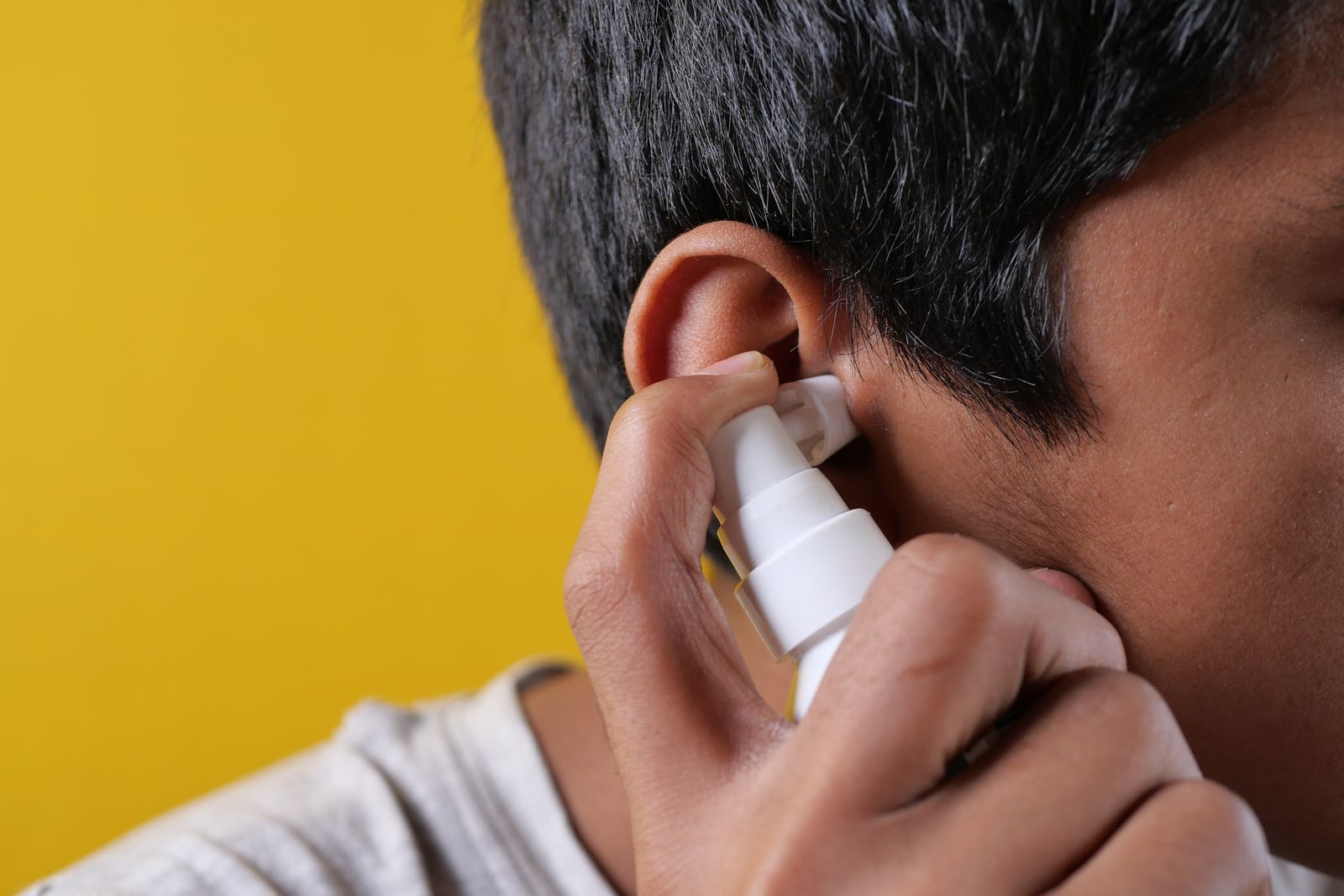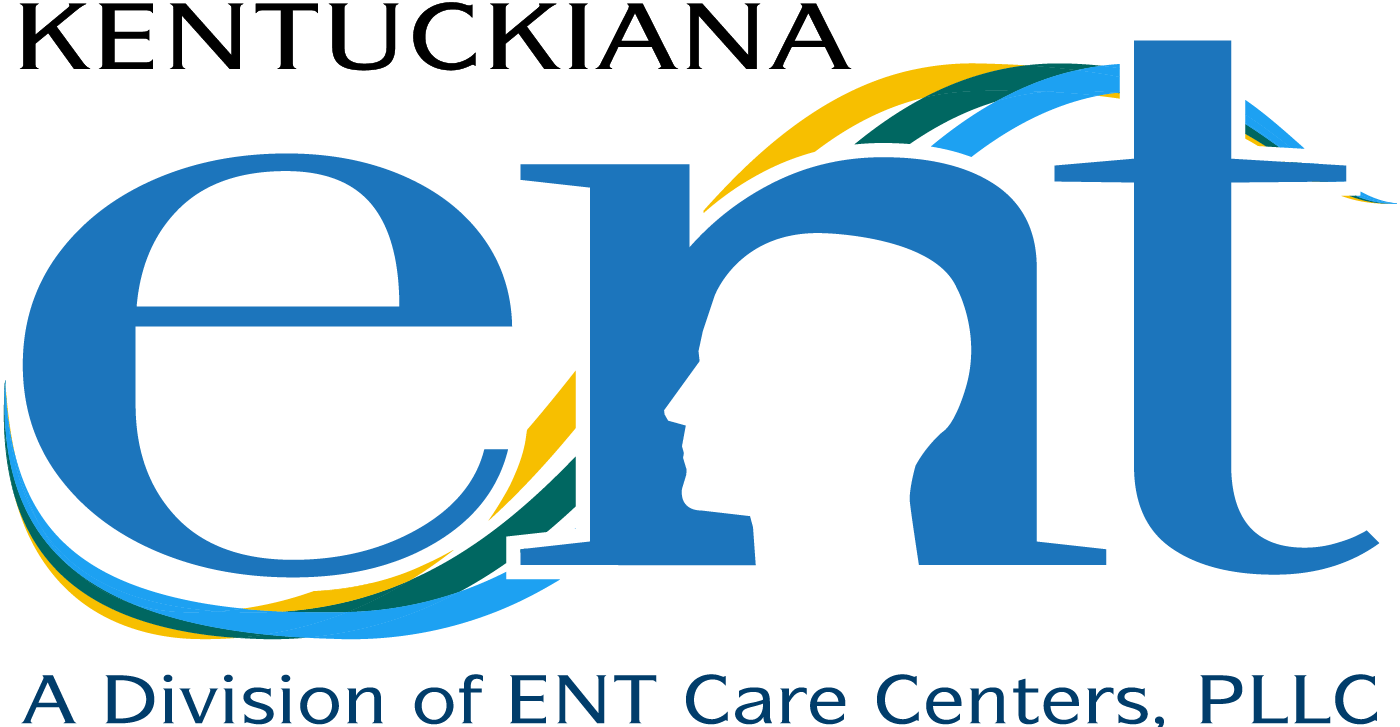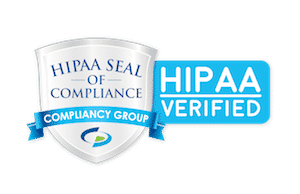Pediatric Tonsillectomy and Adenoidectomy for Obstructive Sleep Apnea in Children
Pediatric obstructive sleep apnea is a serious condition that can lead to long-term health issues. One of the most common treatments for this condition is a tonsillectomy and adenoidectomy. In this blog post, we’ll discuss why these surgeries are recommended for children suffering from obstructive sleep apnea and what you should expect if your child needs to have one.
What is a Pediatric Tonsillectomy and Adenoidectomy?
A pediatric tonsillectomy and adenoidectomy (T&A) is a common surgical procedure performed on children to treat obstructive sleep apnea (OSA). During the procedure, the tonsils and adenoids are removed, helping to reduce the risk of OSA. This type of surgery is often recommended as a first-line treatment for children with OSA, as it is an effective way to reduce symptoms and improve sleep quality. The procedure is typically performed as a same-day outpatient procedure, meaning the child can return home the same day they undergo the surgery. Recovery typically takes 7-10 days and the patient should follow their doctor's instructions for aftercare.
What Causes Obstructive Sleep Apnea in Children?
Obstructive sleep apnea in children is often caused by enlarged tonsils or adenoids. This condition may be seen in any child, but is particularly problematic in children with obesity and conditions such as Down Syndrome. In most cases, sleep apnea is caused by a structural abnormality of the airway. Occasionally, sleep apnea can be due to a neurologic form of sleep apnea called central sleep apnea.
Signs and Symptoms of Obstructive Sleep Apnea in Children
Obstructive sleep apnea in children can be difficult to identify due to the fact that the signs and symptoms are often subtle and can be easily missed. Common signs and symptoms of OSA in children include loud snoring, difficulty staying asleep, excessive daytime sleepiness, difficulty concentrating, frequent waking during the night, and morning headaches. Other signs and symptoms may include bedwetting, night terrors, and restless sleep. If your child is exhibiting any of these signs or symptoms, it is important to seek medical advice to determine if they have OSA and to discuss treatment options.
Treatment Options for Obstructive Sleep Apnea in Children
When it comes to treating obstructive sleep apnea in children, the most common first-line treatment is a tonsillectomy and adenoidectomy (T&A). This procedure involves the removal of the tonsils and adenoids in order to open up the airway, allowing for improved breathing during sleep. In most cases, a tonsillectomy and adenoidectomy is performed simultaneously, though in some cases one or the other may be required first.
For children with more severe cases of OSA, a T&A may not be enough to provide relief. In these cases, other treatments such as continuous positive airway pressure (CPAP) or a dental appliance may be recommended. Surgery may also be recommended in cases where the tonsils or adenoids are too large or to remove any other obstructions in the airway.
It is important to note that while a tonsillectomy and adenoidectomy can provide relief from OSA in children, it is not a guarantee. It is important to speak to your doctor about what treatment options are right for your child's individual case.
Preparing for a Pediatric Tonsillectomy and Adenoidectomy
When your child has been identified as a candidate for a pediatric tonsillectomy and adenoidectomy to treat obstructive sleep apnea, there are several steps you can take to ensure a successful procedure and recovery.
Prior to the procedure, it is important to discuss the risks and benefits of the surgery with your doctor or surgeon. Ask questions about the type of procedure that your child will be receiving and any potential complications or side effects. It is also important to discuss any medications that your child is taking and any allergies they may have.
Your doctor may also recommend that you and your child take certain steps prior to the surgery to help minimize the risk of complications. These may include limiting your child's activity level, avoiding certain foods or beverages, and avoiding contact with ill people. It is also important to discuss any post-operative care instructions with your doctor, such as which activities to avoid and when to make follow-up appointments.
By preparing for a pediatric tonsillectomy and adenoidectomy, you can help ensure that your child's procedure is successful and that they have a safe and comfortable recovery.
When to Consider a Pediatric Tonsillectomy and Adenoidectomy
Obstructive sleep apnea (OSA) is a common condition in children, affecting up to 3% of them. OSA is most often caused by enlarged tonsils or adenoids and can be resolved after a tonsillectomy and adenoidectomy. Tonsillectomy and adenoidectomy are the most common treatments for OSA in children, and have been shown to be successful in resolving the condition.
If your child is showing signs and symptoms of OSA, it is important to speak to your pediatrician about a possible tonsillectomy and adenoidectomy. This procedure can help your child get the rest they need to stay healthy and happy.
If you’re looking for expert advice on tonsillectomy and adenoidectomy, contact our experts at Kentuckiana ENT, a division of ENT Care Centers. We offer efficient and convenient ENT care to patients in Louisville, Kentucky, and Jeffersonville, Indiana. Our experts can answer your questions and ease your concerns about tonsillectomy and adenoidectomy. They will also assess your condition to see if you need one. If you have any questions, please call 502-894-8441 or book an appointment with us.







Our Convenient Locations
We Want To Hear From You!
Go here to request an appointment, here to refer a patient, and here if you are a parent making an appointment for your child. If you have any other questions, reach out to us below!
Experience Quality and Compassionate ENT Care
See the best otolaryngologists in
Louisville, KY and Jeffersonville, IN
at Kentuckiana Ear, Nose & Throat






